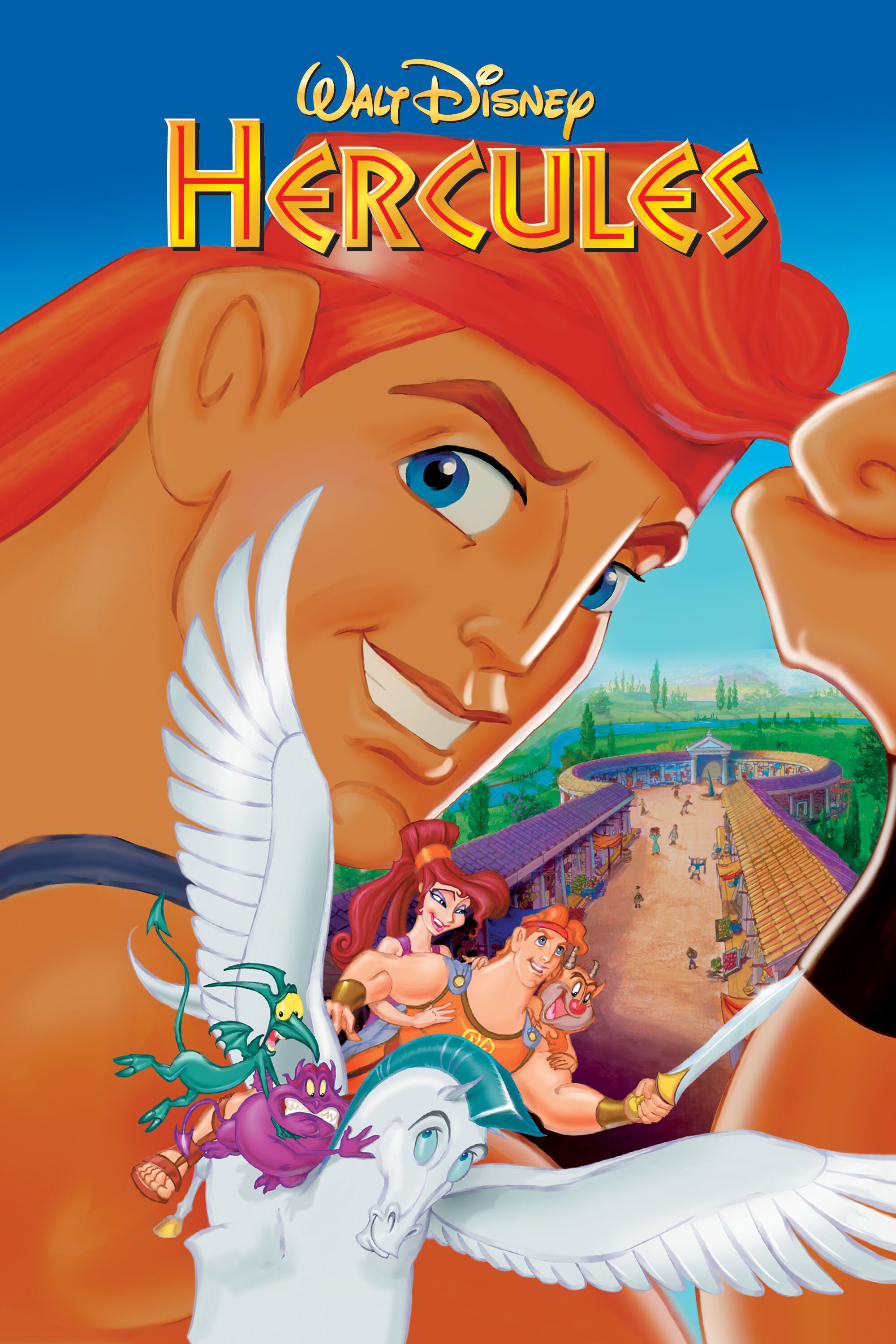
Disney is known for producing inspiring movies for children. Hercules is one of those movies. It follows a boy who is trying to find his place in society. Hercules is the son of the god Zeus. However, as a baby, Hercules was taken from the gods by Hades and turned half mortal. Because of this, he is no longer allowed to live with the gods in Olympus. He is found on Earth by a couple who take him in a raise his as their own. Once Hercules becomes a teenager, it is obvious he is very different from his peers. He is too strong and tends to destroy things on accident. He is seen as an outcast in the human world. Once Hercules finds out that he is a son to a god, he must prove himself to the gods in order to live in Olympus with them. He begins training and learns to control his strength. He fights off many monsters, however it is not enough. Zeus says that Hercules needs to do something heroic and to listen to his heart. In the end, Hercules gives up his own life to save the life of the woman he loves. Because of this selfless act, Hercules becomes a god. However, he chooses to live on Earth to stay with the love of his life.
Throughout the film, we watch Hercules struggle to figure out who he is. He identifies both as a human and as a god. This struggle in identity is what makes him an other in society. He does not fit in either the human world nor the god world. The humans treat Hercules like an outcast and the gods will not allow Hercules to live with his family since he is not a full god. If we look back on The Leavers, we can see how Deming and Hercules are similar. Deming struggles to find his place in society while struggling to understand his identity. Both are viewed as others within their societies. In the movie Hercules, we watch as society shuns Hercules. His own father tells him not to move as he goes into a store in town and leaves Hercules outside so he cannot accidentally wreck anything. By the end of the movie, he is still seen as an other but society now likes him.
In our own world, we see this happening everyday, especially in schools. The kids that are different from everyone else are looked at as the other. They feel like they don’t have a place. The movie is supposed help showcase that even if you are an other, you can standout and embrace your differences.
/cdn.vox-cdn.com/uploads/chorus_asset/file/19936502/image.jpeg)
